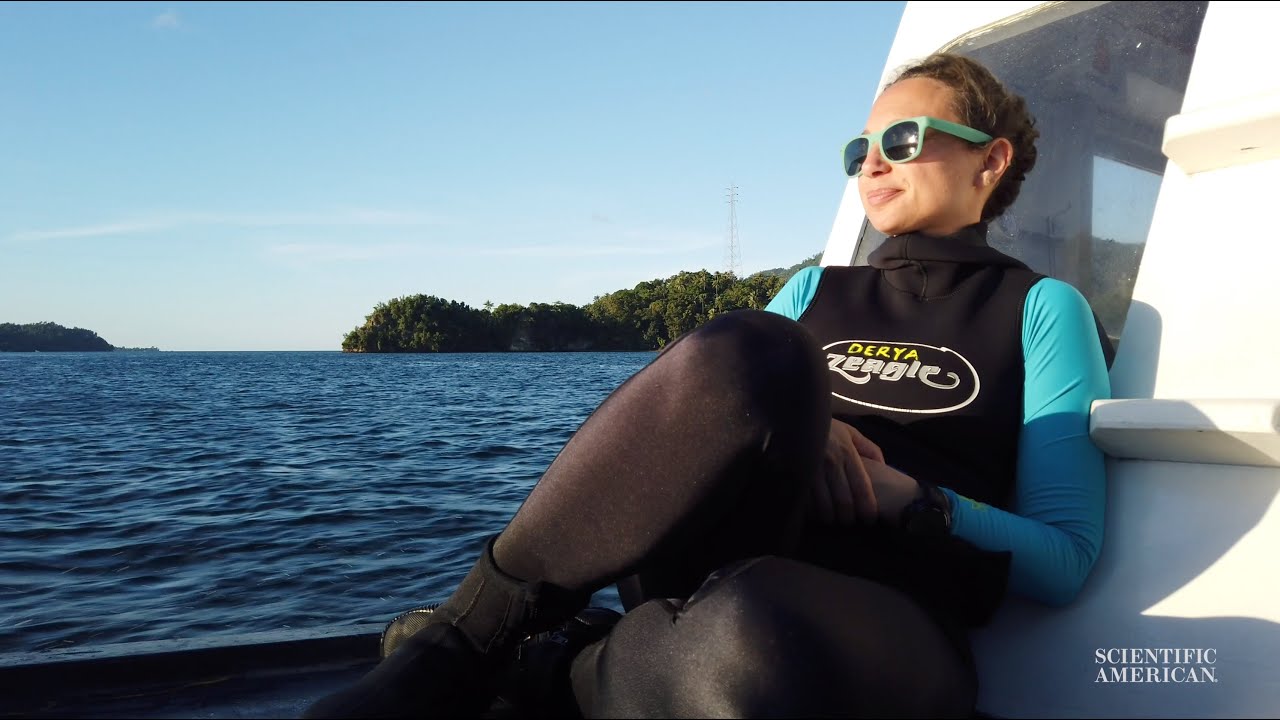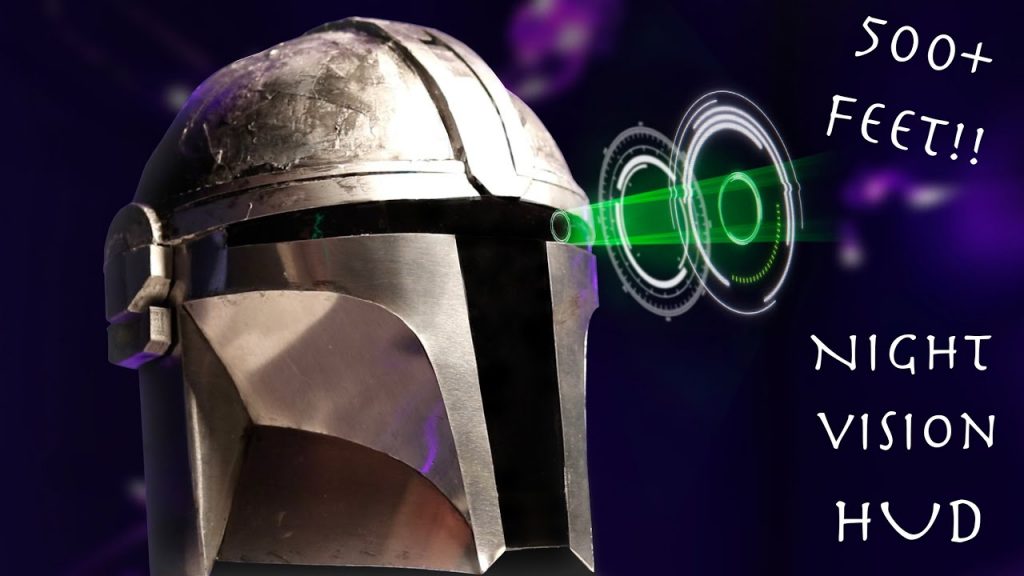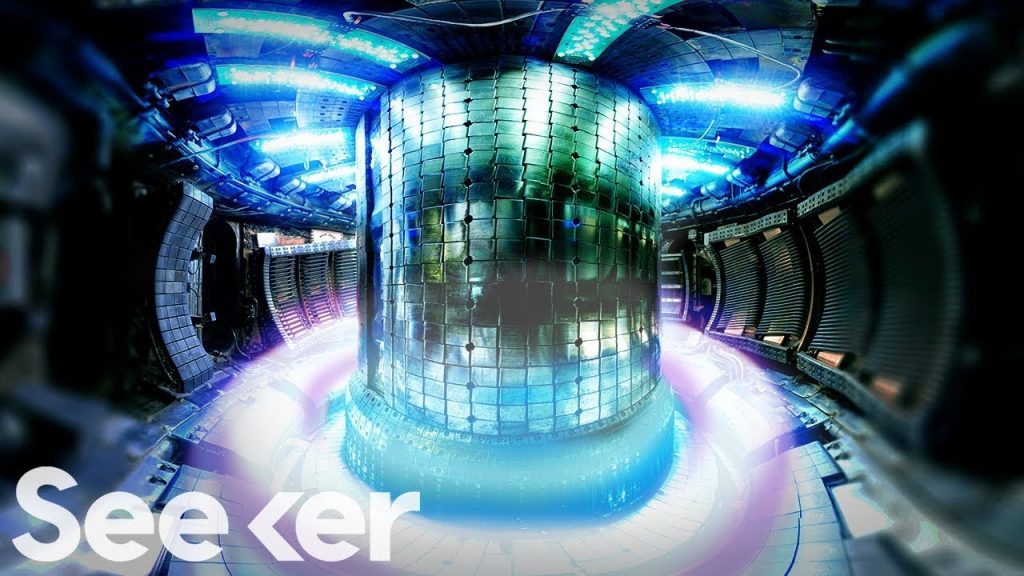This researcher created an algorithm that removes the water from underwater images

Why do all the pictures you take underwater look blandly blue-green?
The answer has to do with how light travels through water. Derya Akkaynak, an oceangoing engineer, has figured out a way to recover the colorful brilliance of the deep.
In recent years, underwater photography has become increasingly popular. With advances in technology, it has become easier for photographers to capture stunning, high-quality images of marine life and seascapes. However, one of the biggest challenges in underwater photography is dealing with the distortions caused by light passing through the water. These distortions can cause images to appear hazy, blurry, or discolored, making it difficult to achieve clear, vibrant underwater photographs.
Fortunately, a researcher by the name of Boaz Arad has developed an algorithm that can remove the water from underwater images, eliminating the effects of light refraction and producing crystal-clear photographs.
Arad, a Ph.D. candidate at the University of Haifa in Israel, developed the algorithm by analyzing thousands of underwater images taken in various conditions. He used computer vision techniques to identify patterns in the images and then used these patterns to create a mathematical model of the light distortions that occur when light passes through water.
Using this model, Arad was able to create an algorithm that can estimate the distance between the camera and the objects in the image, as well as the amount of water that the light passed through to reach the objects. With this information, the algorithm can then reconstruct the image as if it had been taken outside of the water, removing the distortions caused by the water.
The algorithm has shown impressive results in testing, producing clear and sharp images that showcase the beauty of underwater life. It has the potential to revolutionize the field of underwater photography, enabling photographers to capture images that were previously impossible to achieve.
Arad’s algorithm has also caught the attention of researchers in other fields, such as oceanography and marine biology, who could use it to analyze underwater images for research purposes. The algorithm could help researchers to identify and study marine life more accurately, leading to a better understanding of the marine ecosystem and its inhabitants.
Arad’s work is a testament to the power of computer vision and its potential to solve real-world problems. His algorithm has the potential to transform the field of underwater photography and advance our understanding of the ocean and its inhabitants. It is an exciting development that could have far-reaching implications for both scientific research and artistic expression.









MIT’s Breakthrough Energy Technologies
Futuristic Technology You Can Buy Today
What we learned from building a medical technology startup | Fouad Al-Noor | TEDxTUBerlin
Making a DRIVETRAIN and Installing the Micro V4 ENGINE on the RC Car!
Finland Might Have Solved Nuclear Power’s Biggest Problem